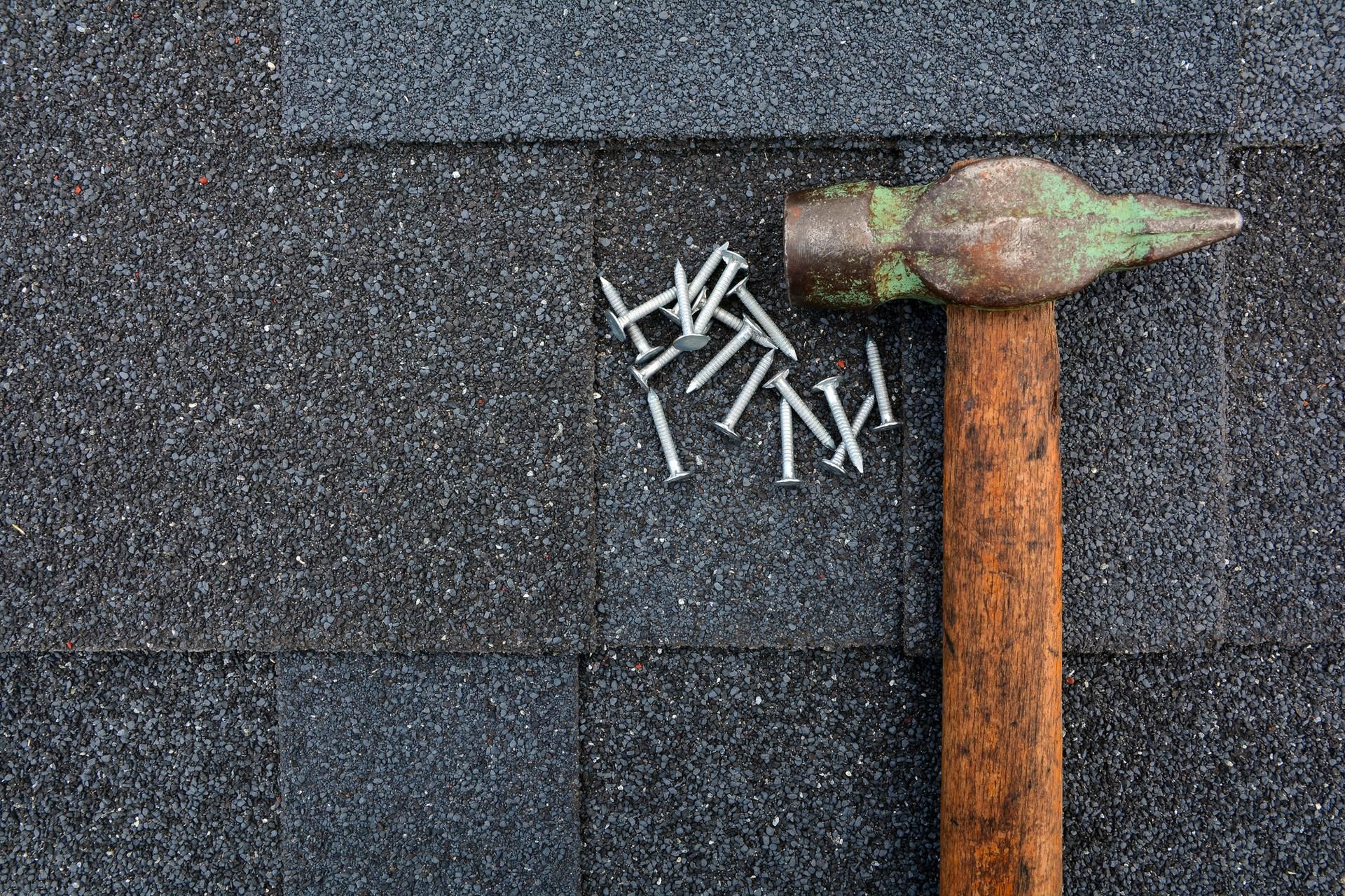Installing New Roof Shingles Over Existing Ones

No matter how well you maintain your residential shingle roof, it will eventually require replacement at some point. The good news is that you don't always have to tear off the old roofing material to install new shingles.
If you haven't exceeded the maximum number of shingle layers allowed on your roof, you can install the new shingles directly over the existing ones. This type of roofing service is known as re-roofing. Aside from saving you time and money, re-roofing helps the environment by reducing the need to dispose of old roofing material.
If you are considering re-roofing your home, you may want to learn how the process works. This way, you can know what to expect when you hire a roofing contractor to help with your re-roofing needs. Here is a rundown of what the re-roofing process for homes typically entails.
Assessment of the Roof
The first step in the shingle roof re-roofing process is inspecting the roof to check for visible damage that may require attention before adding new shingles. For example, roof leaks can result in spongy areas, which can compromise the structural integrity of the entire roofing system if not addressed before re-roofing commences.
The pre-work roof assessment also allows the contractor to determine how much roofing material they require for your roof renewal.
Preparation for Work
Proper preparation is essential for ensuring the success of any roofing project. After completing your roof assessment, the contractor will gather all the materials and supplies needed for the job and prepare the site for re-roofing.
The prep work may include cleaning the surface of your roof; removing obstructions like skylights, vents, and ridge caps; and repairing any cracked, broken, or damaged shingles. It also involves protecting the surrounding areas of the property against potential damage.
Installation of Underlayment
The underlayment that goes directly over the roof sheathing during new shingle roof installation is also essential when re-roofing your home with shingles.
Before laying new shingles on top of your existing roof, your contractor will install new underlayment to increase protection against potential problems a leaky roof can cause.
Installation of New Shingles
After installation of the underlayment, new roofing shingles are laid directly over the underlayment and nailed in place. The installation process for the shingles follows the manufacturer's specifications to ensure proper drainage, ventilation, and insulation.
Correct shingle installation is also essential to preserve the manufacturer's warranty, as incorrect installation may cause you to void it.
Completion of Finishing Touches
Once all the shingles are secured, your contractor will add any necessary finishing touches, such as reinstalling chimneys, skylights, or vents and installing new flashing around them to ensure the roof is watertight.
A watertight roof will help prevent costly damage due to water penetration through the roof.
Cleanup of the Site
Re-roofing can generate a lot of waste. If the waste remains on-site after finishing the job, it can waste precious space, pose safety and pest hazards, and turn your home into a neighborhood eyesore.
After adding finishing touches to your roof, your contractor may remove any debris or leftover material from the re-roofing job so they can leave the work site as clean and tidy as they found it, saving you money on cleanup costs.
At JCB Roofing, we offer a wide selection of roofing services to residential and commercial clients in several locations across Georgia. As a locally owned and operated roofing company with over 25 years of experience working with different types of roofing materials and systems, we can handle your roofing needs with minimum fuss, whatever they are.
Contact us today to request a free professional cost estimate so you know upfront how much our services cost or to ask us any questions you may have.














